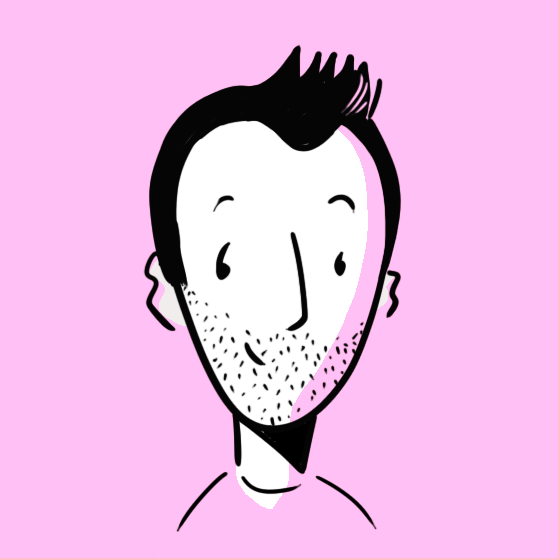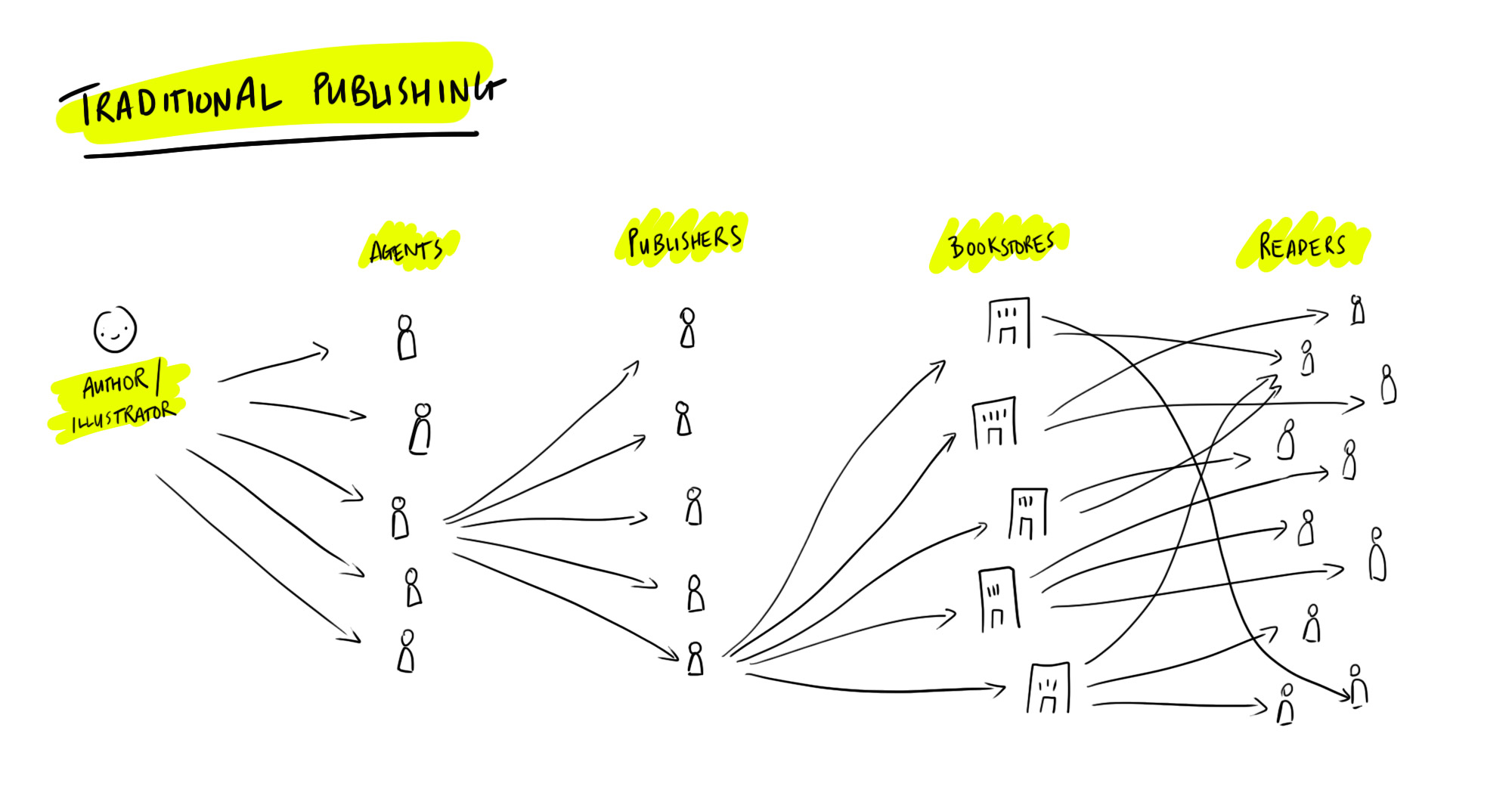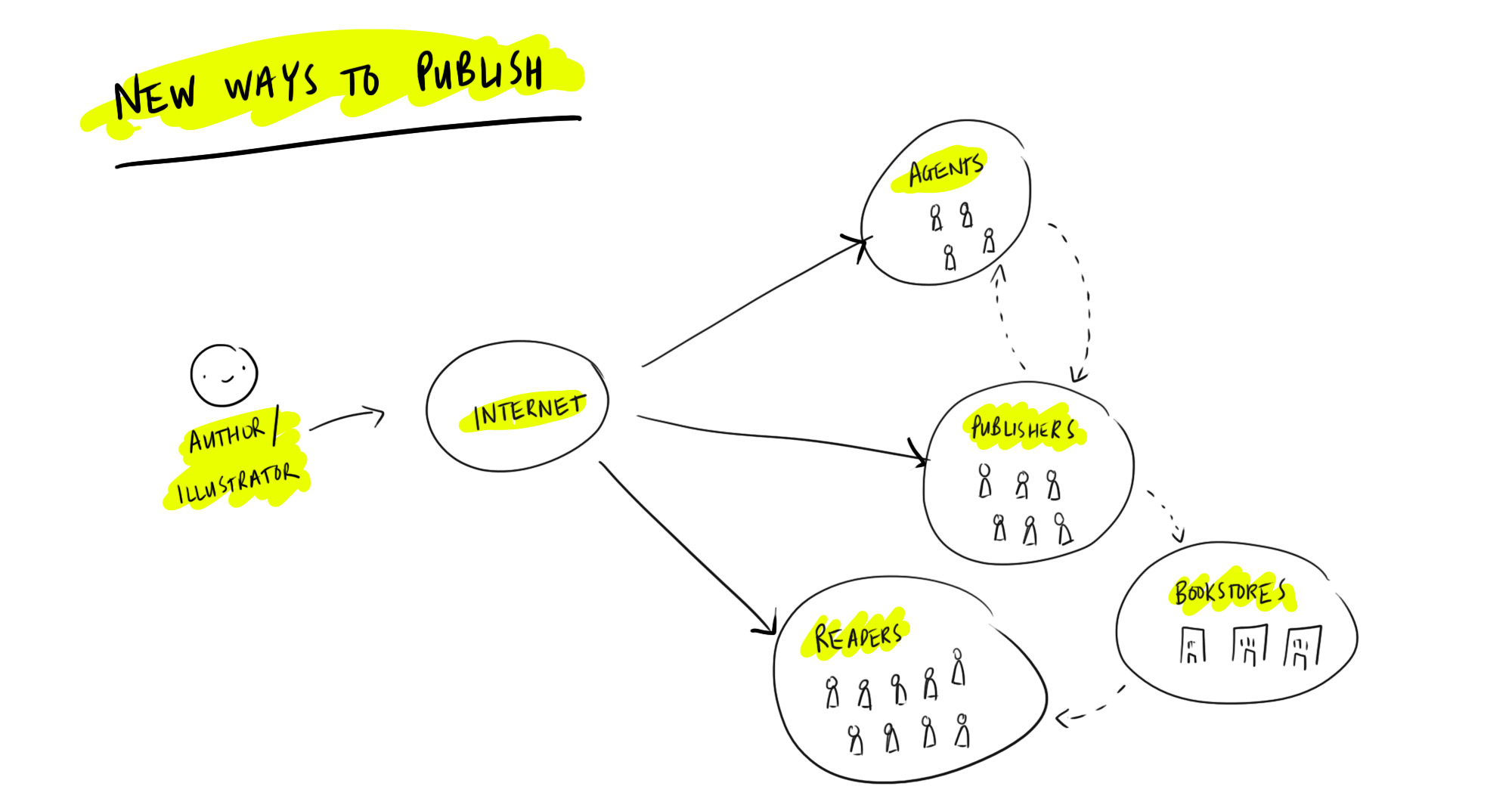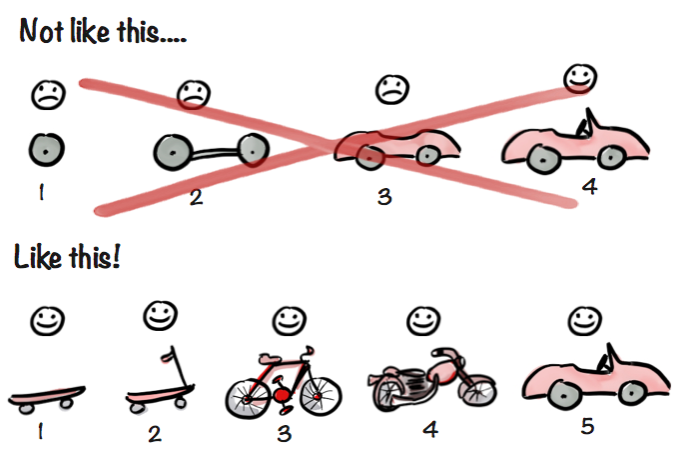There’s a fine line between working efficiently and working industriously. I’ve recently completed 3 books, all due within a month or so of one another: Rosie the Rhinoceros by Jimmy Barnes, Graham’s Got the Grumps by P. Crumble, and Kookaburra Sits in the Old Gum Tree by Marion Sinclair. That means three different storyboards, three different sets of roughs, and three different sets of final art had to be submitted, almost on top of one another, in the preceding 3-6 months. All this in just 1-2 days per week (because I still work in a full-time job). I’m not gloating, but I’m incredibly proud of the work I’ve just submitted. It’s had a profound effect on my confidence but also, my art practice.
I’ve always felt that I work efficiently. I don’t waste time with 300 versions of the same thing. Once I hit on an idea, I ship it. It may not be perfect, but, sometimes, perfect can be the enemy of done. With three books running concurrently though, efficiency was no longer enough – it became about working industriously.
You don’t normally associate ‘art’ with, say, a mass-manufacturing production line. Art is supposed to take time, careful thought, planning and joyous execution, right? Well, maybe, sometimes. But, I had to make a decision: deliver these three equally important books to the world as soon as possible because I truly believe in their message, or, stretch that out over 3 years. Both are valid, but I’m also impatient and curious about what comes after. After all, life is short.
What’s the difference between efficient and industrial?
If our world has shown us anything, it’s that we’re capable of producing vast quantities of material and information very quickly. So, I borrowed some of the principles of the industrial complex and applied them to picture books. Here are just a few alterations I made to my art practice during these books.
- Reduce washing up. My usual way of sequencing the work for a book when I’m only doing one at a time is that I tend to work from beginning to end in sequence of the story. I’ll begin with the first (or some key) spread, pencil it up, then paint it. Once the spread is done, I’ll pick up the next one and begin the process again. This way of working isn’t industrious, but it’s meditative. I like changing it up. I also don’t have the space to store many in-progress works. But, for these books, I found some different ways of working. For Rosie, for example, I inked every page first. No colour. I ended up with 16 inked pages all ready for colouring. This meant that I didn’t have to keep washing my ink brush in between painting sessions. This approach also had the side-effect of improving my inking as I went along. When normally I would have had some breaks in between (for colouring), I spent hours on end just with ink. It was, in many ways, really fun. It also had the flow on effect of being able to mix one big batch of colour per character, and colouring that character on various spreads at once. That led to much greater colour consistency and a lot less mixing time. Win win.
- Change up materials. You’ll notice that the three books have very different styles. To make it feel less like a production line I decided to explore beyond watercolour and pencil. For Graham’s got the Grumps I used a new type of paper, some coloured pencils, and nicker poster paints to keep things interesting. Industrialisation, after all, doesn’t need to be synonymous with a production line.
- Adopt digital for key parts. I tend to avoid digital work as much as possible because I get enough of that in my other job. But, digital is efficient. Using digital for the early stages of the books helped with planning (mainly around tone and colour scripting). Could I have completed those books in time without this? Probably. But the results would not have been as considered, and I’ll probably continue to use that in my practice, even when I have the time to explore.
- Meeting the scanner. Shipping physical artwork is slow and expensive. Publishers need to organise couriers, there’s lots of back and forth and so on. But, it just so happens that the scanner for my artwork is situated 10 minutes from my house. If there’s ever an easier way to make things go faster (and safer), it’s to hand-deliver the artwork. I dropped one set of final art off and picked up the other the following week. Not only that, but by meeting the scanner, I’ve established a new relationship and learned a lot more about how I can improve my practice (and my final art) to optimise for the equipment and limitations of the scanning process. I know this will lead to better books next time.
Industrialisation, especially in light of the current climate crisis, gets a pretty bad wrap. But, it has been useful (and harmful) for humans in many ways. Understanding the pros and cons of industrialisation as it applies to an art practice isn’t an obvious connection but it’s a useful one. Will I do 3 books, simultaneously, in 3 months, again? Maybe not. But will the lessons I’ve learned about running a more industrial art practice be applied to the next book? Absolutely. See, the thing about working industriously is knowing that, when you’ve got the time, what it allows for isn’t more books but better ones, and that’s the whole point of this art journey anyway. In the end, the most important person benefits – the reader.



